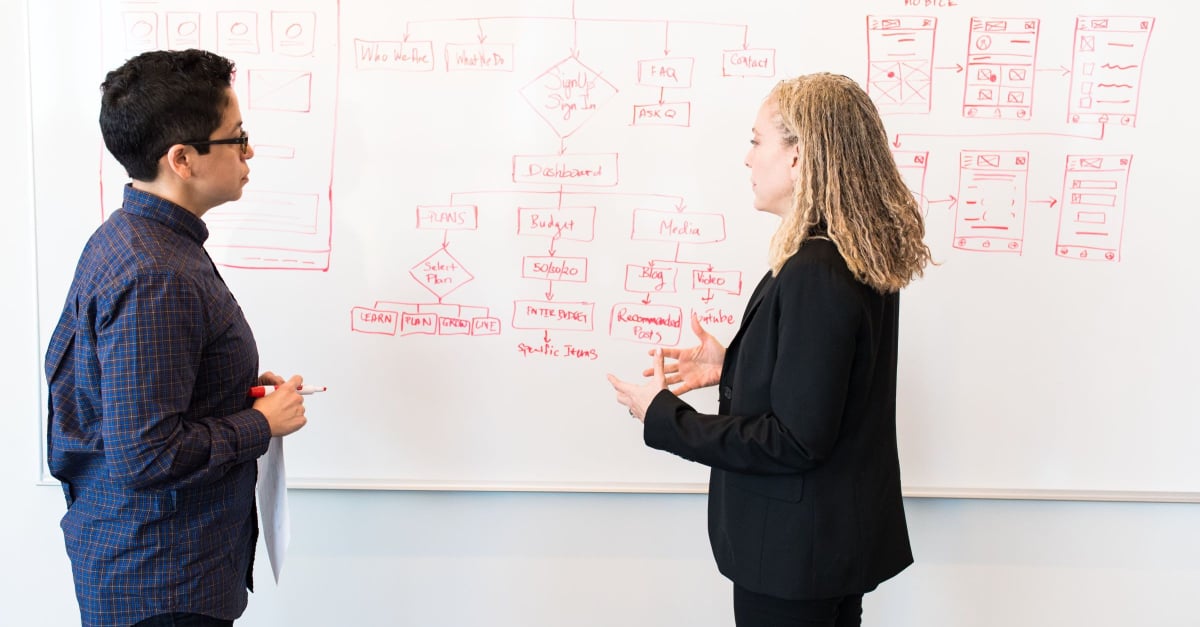This is the last in the Performance Management series. We have already looked at the first 3 stages of Performance Management; Setting Expectations, Assessing Performance and Performance Reviews. Today we will look at the final stage in the process, Developing Individuals.
The first 3 stages will enable you to identify any learning and development needs. You will have provided ongoing feedback and assistance, but now is the time to focus on an individual development strategy going forward.
Developing people is an essential strategy to enable an organisation to achieve its goals. It includes identifying learning and development (L&D) needs, developing interventions to fill any gaps, and evaluating the outcomes. The challenge is to create the right learning and development opportunities that work for your organisation. As working environments become more complex and greater agility is needed to ensure employees’ capability, it’s more important than ever to consider the breadth of different learning methods available and deliver them successfully.
Performance Development Methods
There is a vast array of learning methods available today which can be instructor led or self-directed. These include:
- Virtual and face to face classrooms
- eLearning
- On the job training
- Coaching and mentoring
- Online communities and forums
- Formal qualifications
- Job shadowing or secondments
- Blended learning
Considering the way individuals prefer to learn is important when selecting development methods. This comes from knowing your people well and not making assumptions. Employees need to be able to relate learning to their own individual context.
Whatever style of learning works best for an employee, to master a skill, they have to practice it and so follow up is essential.
Evaluation of Learning
To effectively evaluate Learning and Development initiatives and investment, it is important to have clearly identified targets and agreement on what measures of success will look like.
Evaluation activities can include:
Impact – how has the learning impacted performance of both the individual and the organisation? Have Key Performance Indicators improved?
Transfer – how has learning transferred back into the employee’s role and work? How have new skills been used and shared?
Engagement – how engaged was the employee with the learning and how easily were they able to retain information?
Finally
Watching people grow in ability and confidence can be very exciting and rewarding, especially if you have had a direct part to play in creating their development plan and activities. Carefully planned, monitored and evaluated development can only bring positive benefits for you, your organisation and the individuals involved.


